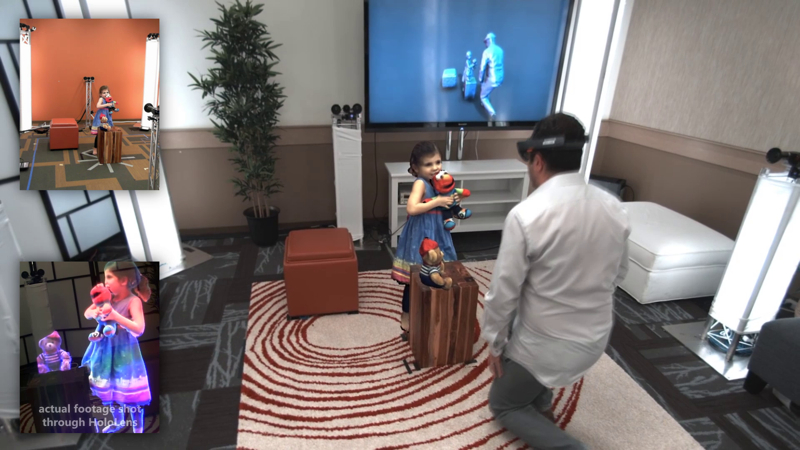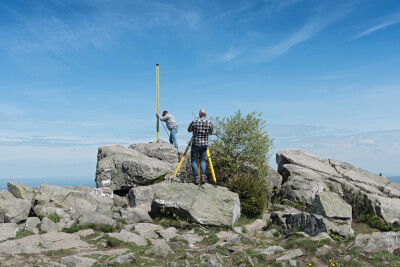Though I didn’t think it was possible, Microsoft’s Interactive 3D research group has generated more excitement for the release of the HoloLens.
Their latest video shows off a new Hololens-based technology they’re calling holoportation. This tech “allows high-quality 3D models of people to be reconstructed, compressed, and transmitted anywhere in the world in real time.” Users wearing a HoloLens will be able to “see, hear, and interact with remote participants as if they are actually present in the same physical space.”
As the group’s research manager Shahram Izadi demonstrates, you can use it to pipe in a co-worker, or your child, and interact with them in ways that telephones and video chatting won’t allow.
You might have guessed the catch: the technology requires a few 3D cameras. The team developed their own (no information is available) and placed them around the rooms of each holoportee to capture that person from every angle.
Unfortunately, this means the technology still requires a lot of external sensors and infrastructure to work. Don’t expect to buy a HoloLens and start holoporting yourself around without buying a bunch of Kinects or similar sensors.
A lot of the coverage Microsoft’s new hololens demo is a lot like the Obi-Wan Kenobi hologram in Star Wars Episode IV, and the comparison is apt. It shows that we’re finally starting to catch up with the imaginations of sci-fi writers in the ’50s, ‘60s and ‘70s.
Unfortunately, it also looks like we might be catching up with the dystopian visions of writers like Philip K. Dick. Further along in the video, Izadi explains that you can also record the conversations you have, shrink them down, and watch them play on a table in front of you. He compares this to an external memory, which is, well, the kind of thing that writers have been trying to warn us about for forever.
Welcome to the future!






